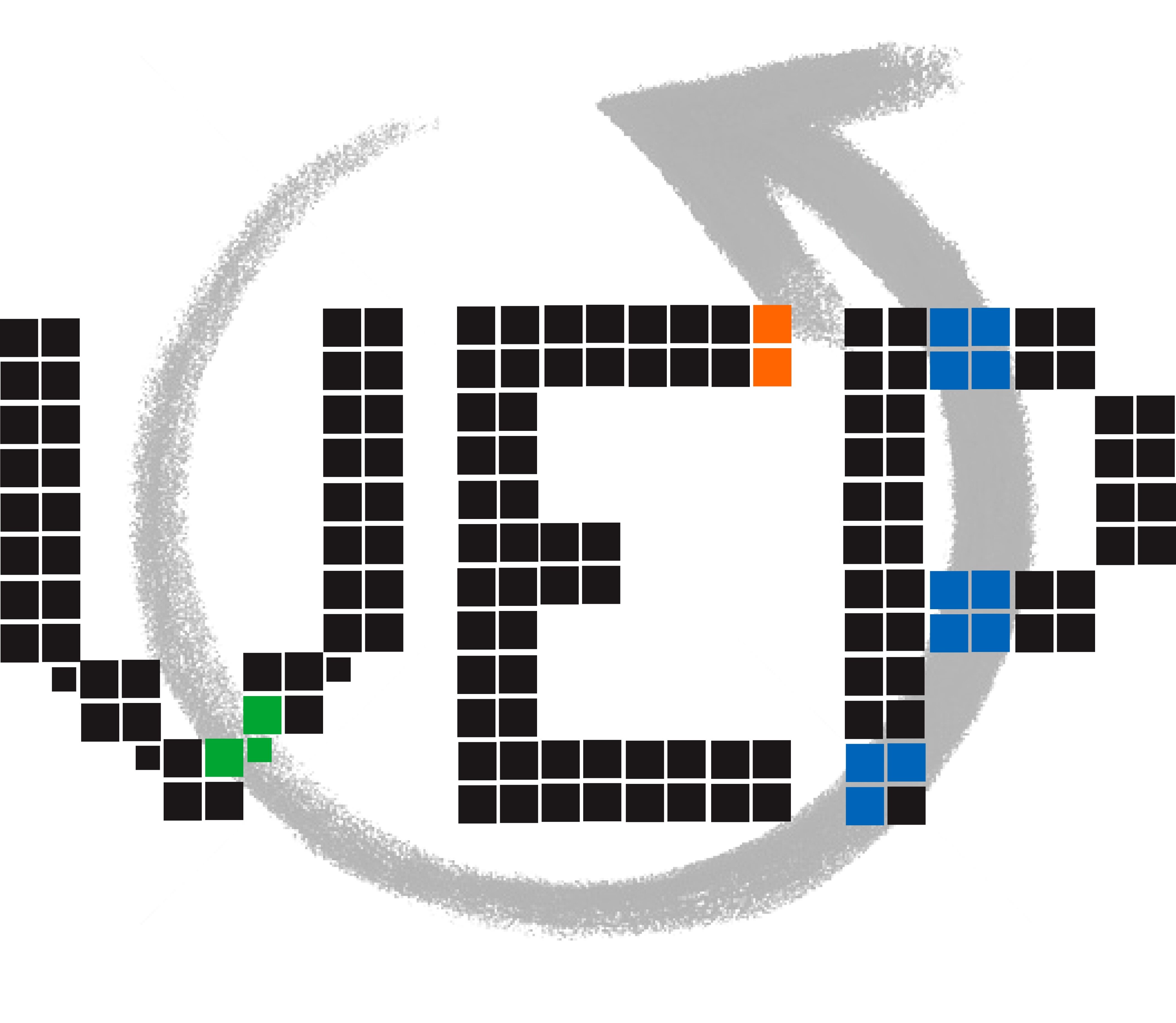 [contrail virtual execution platform | vep]
[contrail virtual execution platform | vep]
 Cloud issues addressed
Cloud issues addressed
A typical Contrail Virtual Execution Platform uses open standards, provides support for SLA negotiation and elasticity via advanced reservation and also provides monitoring data to higher level services. It manages computational resources in the Cloud(s), integrates both file storage and remote client machines. VEP provides the proper means for interoperability and easy management of the resources at the IaaS level, hiding all the complexity. Moreover it is SLA aware and it is an important component to deploy application requirements.
Contrail's Solution
The Contrail Virtual Execution Platform (VEP) helps a Cloud service provider to participate in the Contrail federation. It allows the provider to partly or fully provision its infrastructure resources for the federation. The software provides support for open standards such as DMTF OVF standard and in future would provide a full OCCI restful interface which would enable the Cloud provider resources to be easily integrable in third party complex Cloud services, thus opening up more monetary avenues for the provider. VEP, when fully integrated with other Contrail components, would help the Cloud provider to support Service Level Agreements (SLAs) and more advance Quality of Protection (QoP) requirements of user applications.
Virtual Execution Platform (VEP) is a software that links the cloud provider's computational resources to the Contrail (or any other) cloud federation. It is a key software component that enables the provider's participation in the federation and allows the federation to provision resources for deploying end-users' cloud applications.
VEP is a cloud middleware software that interfaces multiple Infrastructure as a Service (IaaS) clouds and presents end-users with an interface facilitating easy deployment and application life cycle management of distributed applications made up of several inter-networked virtual machines.
Applications to be deployed are described using DMTF's Open Virtualization Format (version 1.1.0) standard. The software allows the deployment of any standard OVF application and full lifecycle management of the application after deployment until its termination on the provider's cloud.
The software can also be used independently. It provides a simple yet feature complete REST api to enable ease of development by any cloud application developer.
Standards and interoperability support includes:
- Interoperable hardware resource provisioning via a simple interface (GUI or CLI)
- Open Virtualization Format (OVF) support for application description
- Cloud Infrastructure Management Interface (CIMI) for managing the Cloud infrastructure
- Forthcoming OCCI support for IaaS interaction
VEP offers administrators of data centres, a GUI to configure available IaaS resources, define data centre structure, and manage users. The data centre structure is exploited by VEP to enforce placement constraints on the resources before application deployment. Administrators can monitor resource usage and users' consumption.
There are several innovative aspects of VEP when deploying distributed applications in IaaS Clouds. Quick deployment is one of them: users only need to submit an OVF document describing the whole application, then VEP is in charge of allocating resources and initialize the application.
VEP can also take care of advance reservation: VEP can negotiate the availability of the resources explicitly requested by the users before application deployment. VEP is SLA aware: users can specify constraints on physical resources (ex. placement, type, size,...) which can be negotiated based on their availability in the data centre. Elasticity is also supported by VEP: adding or removing VMs is easy by submitting new requests or can be enforced by SLAs. Portability is resulting from VEP that hides the complexity of heterogeneous IaaS Clouds.
 VEP can also work together with XtreemFS to manage remote storage.
VEP can also work together with XtreemFS to manage remote storage.
In summary, VEP is available in open source and follows open standards:
- Under new BSD license
- IaaS supported: OpenNebula
- It follows the the DTMF, OVF and CIMI standards
- Coming soon: OpenStack and Amazon EC2
- VEP includes an OAuth client to retrieve a delegated certificate to use inside the created VMs
More information
- Documentation: https://project.inria.fr/vep/documentation/
- Product website: https://project.inria.fr/vep/